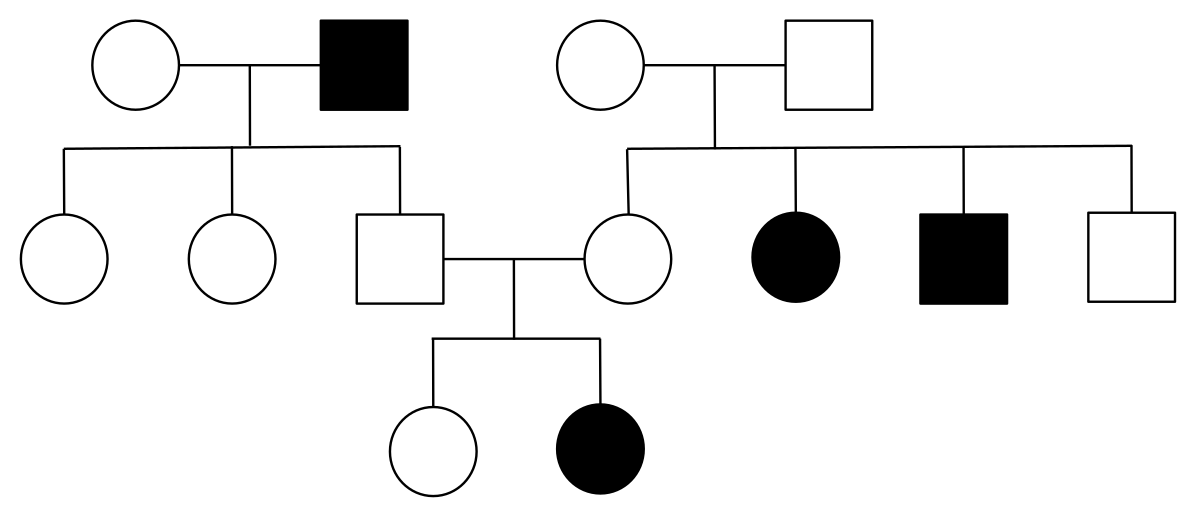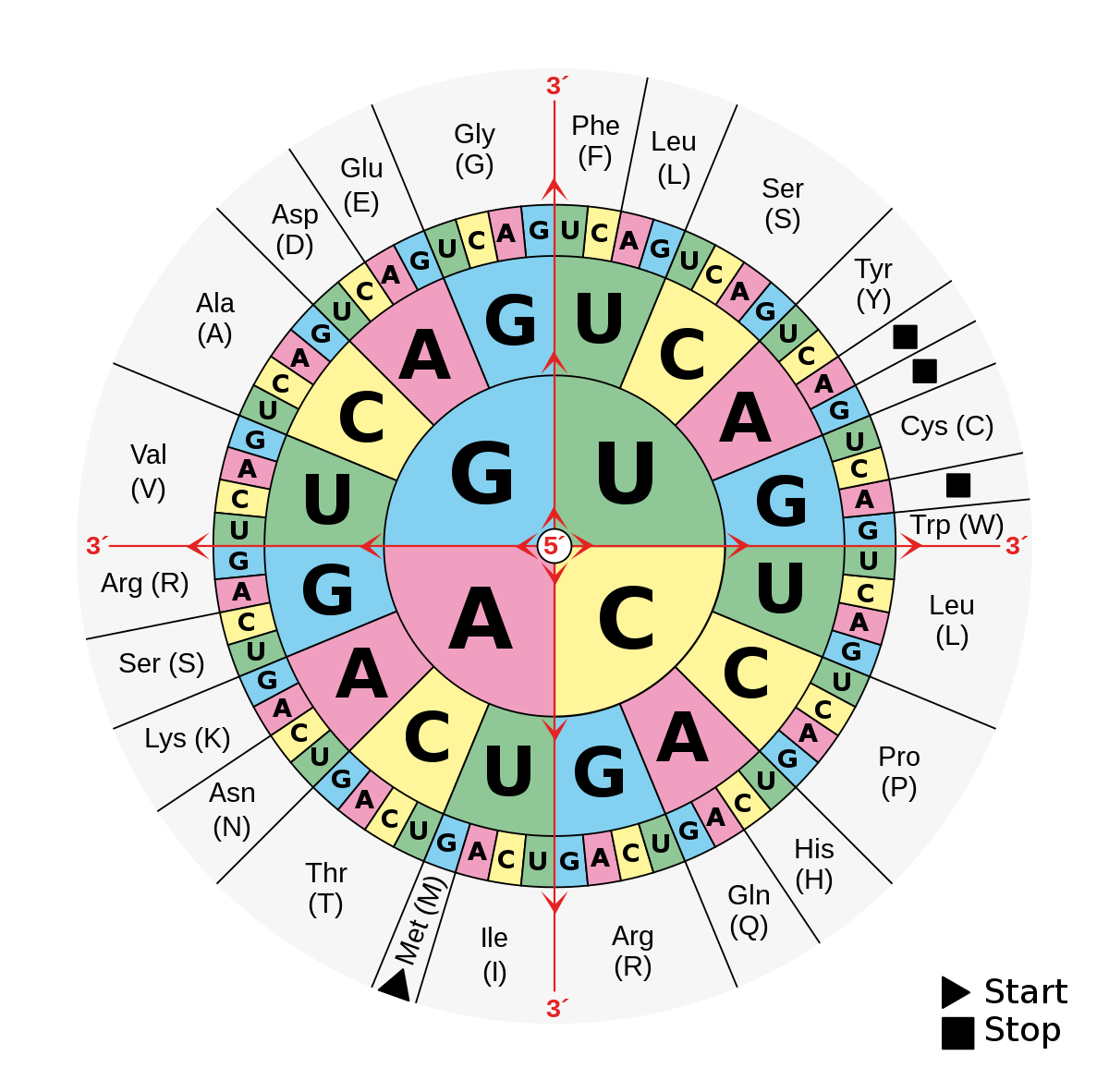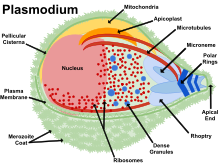Get homework emailed to you weekly, here
100 marks/ 3 hours
Question 1.
Which of the following substances is incorrectly matched to how it is carried in mammalian blood?
| Substance | Form it is carried in the body | |
| a) | Nitrogenous waste | Urea mainly dissolved in blood plasma |
| b) | Glucose | Mainly dissolved in blood plasma |
| c) | Carbon Dioxide | Mainly dissolved in blood plasma |
| d) | Oxygen | Mainly dissolved in blood plasma |
Question 2.
Which of the following immune system responses is characteristic of the adaptive immune system and correctly matched
| Defence Adaptation | Feature | |
| a) | Inflammation | Swelling to dilute the antigen and make it easier to access |
| b) | Phagocytosis | The engulfing of the antigen by phagocytes |
| c) | Killer T cells | The killing of the antigen by killer T cells |
| d) | Macrophagous | Destruction and digestion of pathogens |
Question 3.
Which of the following describes the daughter cells produced through meiosis
- A. Two genetically different cells
- B. Two genetically identical cells
- C. Four genetically different cells
- D. Four genetically identical cells
Question 4.
The scientist who discovered the inheritance patterns through careful breeding of snow peas was
- A. Mendel
- B. Darwin
- C. Tatum
- D. Watson
Question 5.
An organism suspected of causing a disease is described as being unicellular, having a
nucleus and lacking a cell wall.
How is this organism classified?
- A. A bacterium
- B. A fungus
- C. A protozoan
- D. A virus
Question 6.
A recombinant technology was applied to cotton, this formed BT cotton, which of the following is not a concern of this
- a) Unfair socioeconomic benefit to richer farmers
- b) The BT cotton escaping into the wild
- c) The pests which feed on the cotton going extinct
- d) The fact scientists may be ‘playing God’
Question 7.
What is the inheritance patter of the below pedigree

- a) Autosomal Recessive
- b) Sex-linked Recessive
- c) Autosomal Dominant
- d) Sex-linked Dominant
Question 8.
How do B cells help with the immune response
- A. They mass produce specific antibodies.
- B. They stimulate the cloning of specific T cells.
- C. They are cloned and differentiate to become specific cytotoxic T cells.
- D. They produce cytokines that stimulate the cloning of specific phagocytes
Question 9.
Which of the following will not limit the incidence of malaria
- a) taking anti-malarial drugs
- b) spraying swamps with insecticides
- c) using mosquito nets over beds
- d) administering a malaria vaccine
Question 10.
The mother is a carrier for colour blindness, an sex-linked recessive trait, if the father is not colour blind, what is the probability their first child will be colour blind?
- a) 100%
- b) 75%
- c) 50%
- d) 25%
Question 11.
An advantage of asexual reproduction over sexual reproduction is
- a) Better parenting of the offspring
- b) Faster reproduction times
- c) Greater genetic diversity
- d) Longer lifespan of offspring
Question 12.
In microbiology, a negative control
- a) Makes an experiment valid
- b) Allows you to see if there are contaminants not caused by inoculation
- c) Are not required
- d) Means you are only changing the independent variable to determine the effect on the dependent variable
Question 13.
A mutation resulted in the codon, AAU, to change to, AAC, this is an example of where the U was swapped with a C

- a) A frame shift mutation
- b) A missense mutation
- c) A silent mutation
- d) An addition mutation
Question 14.
The phenotype of an organism is
- a) The same the entire life of the organism
- b) Dependent only on the genotype
- c) Always the same as the parents phenotype
- d) The physical expression of the genotype of a living organism
Question 15.
An example of asexual reproduction used in agriculture is
- a) Cross pollination
- b) Genetically engineered seeds
- c) Plants can’t produce asexually
- d) Tissue culture
Question 16.
Which of the following will increase the decrease the prevalence of a disease in a population
- a) Matching the incidence with the recovery and mortality rate
- b) Increasing the mortality rate
- c) Decreasing the recovery rate
- d) Increasing the incidence rate
Question 17.
Koch’s postulates have a short fall, they could not work for:
- a) Bacterial Infections
- b) Any Infection, these only apply to non-infectious diseases
- c) Prion Infections
- D) Fungal Infections
Question 18.
What is a difference between DNA and RNA
- a) DNA carries genetic information, RNA is folded into proteins
- b) DNA is less stable then RNA
- c) DNA contains thiamine, RNA contains Uracil
- d) DNA and RNA are some molecule, two RNAs make one DNA
Question 19.
Select the correct statement regarding the process of mitosis
- a) Mitosis results in an increase in genetic diversity for a cell through crossing over before before homologous chromosomes are separated
- b) Mitosis only has one round of prophase, metaphase, anaphase, telophase in order to form two identical daughter cells
- c) Mitosis allows a diploid cell to form four haploid cells.
- d) Mitosis means all cells are capable of asexual reproduction
Question 20.
DNA profiling allows for
- a) The base pair sequence of DNA to be known
- b) Differentiation of individuals based on their genotypes
- c) The exact time of death for a patient to be determined
- d) DNA profilin is a future technology which will be widely used for crime scene analysis
Question 21.
Compare and contrast internal fertilisation and external fertilisation [6 marks]
Question 22.
i) Evaluate Pasteur’s contribution to our modern understanding of infectious diseases. [6 marks]
ii) Evaluate Koch’s contribution to our modern understanding of infectious diseases. [6 marks]
Question 23.
Evaluate the use of genetic engineering to combat malaria. [8 marks]
Question 24.
i. Outline the procedure you used to model Pasteur’s experiment [4 marks]
ii. Explain how you could increase accuracy of Pasteur swan neck flask model [2 mark]
iii. Evaluate the significance of models for communication of scientific concepts, using an example. [6 marks]
Question 25.
Evaluate whether transgenic species should be used for agricultural purposes, using examples in your answer. [6 marks]
Question 26.
A new disease has started to infect cows at a farm.
- Explain how you could determine whether the disease is infectious for humans [3 marks]
- Explain a protocol that could be used to limit the spread, if the disease is found to be pathogenic. [3 marks]
Question 27.
Outline procedures which could be used to limit the spread of an infectious disease of your choosing [4 marks]
Question 28.
i. Using examples, compare and contrast positive and negative feedback loops. [4 marks]
ii. Explain the importance of homeostasis, using a specific example to humans. [3 marks]
Question 29.
Evaluate the following statement [5 marks]
“Sexual reproduction is always better then asexual reproduction for the continuation of a species”
Question 30.
i. Outline a recombinant technology used in the pharmaceutical industry [2 marks]
ii. Outline how this technology works [4 marks]
iii. Evaluate the ethical implications of this technology [8 marks]
Answers.
homework emailed to you weekly, here
- d) Mainly carried in red blood cells
- c) A, B and D are all characteristic of the innate immune response – lesson: Immune Response
- c) Meiosis VS Mitosis
- a)
- c) Figure 1.
- c) The pests were previously being killed by pesticide so this is not as much of a concern.
- a) The genetics of inheritance patterns
- a) Immune Response
- a) Reduces prevalence, not incidence
- d) The genetics of inheritance patterns
- b)
- b)
- c)
- d) Best answer, dependent on environment and genotype
- d)
- b)
- c)
- c) Molecular Biology’s Central Dogma
- b)
- d)

homework emailed to you weekly, here
2 thoughts on “Edzion Trial Paper Biology 2021”